Stop Overpacking: The Real-Deal Guide to Building a Travel Kit That Actually Works
I’ve spent a huge chunk of my life on the road—we’re talking everything from quick work trips to spending months living out of a bag on another continent. If there’s one truth I’ve learned, it’s this: your packing can absolutely make or break your entire trip. And I’m not talking about fancy luggage or the buzziest new gadgets. I’m talking about a smart, practical kit that prepares you for what travel is really like.
In this article
My first few adventures were, honestly, a hot mess. I dragged around overstuffed bags full of clothes I never wore while somehow forgetting the one thing I desperately needed. It took a lot of trial and error (and a few truly miserable moments) to finally figure out a system that works. So think of this less as a rigid checklist and more as a philosophy for packing smart.
Forget the myth of a one-size-fits-all packing list. A trip to the beach is worlds away from a mountain trek, right? Instead, I think in terms of “modules”—a hydration module, a medical module, a clothing system. These are small, self-contained kits you can mix and match for any journey. This approach takes the anxiety out of packing and lets you focus on the adventure itself, not on what you might have left behind.
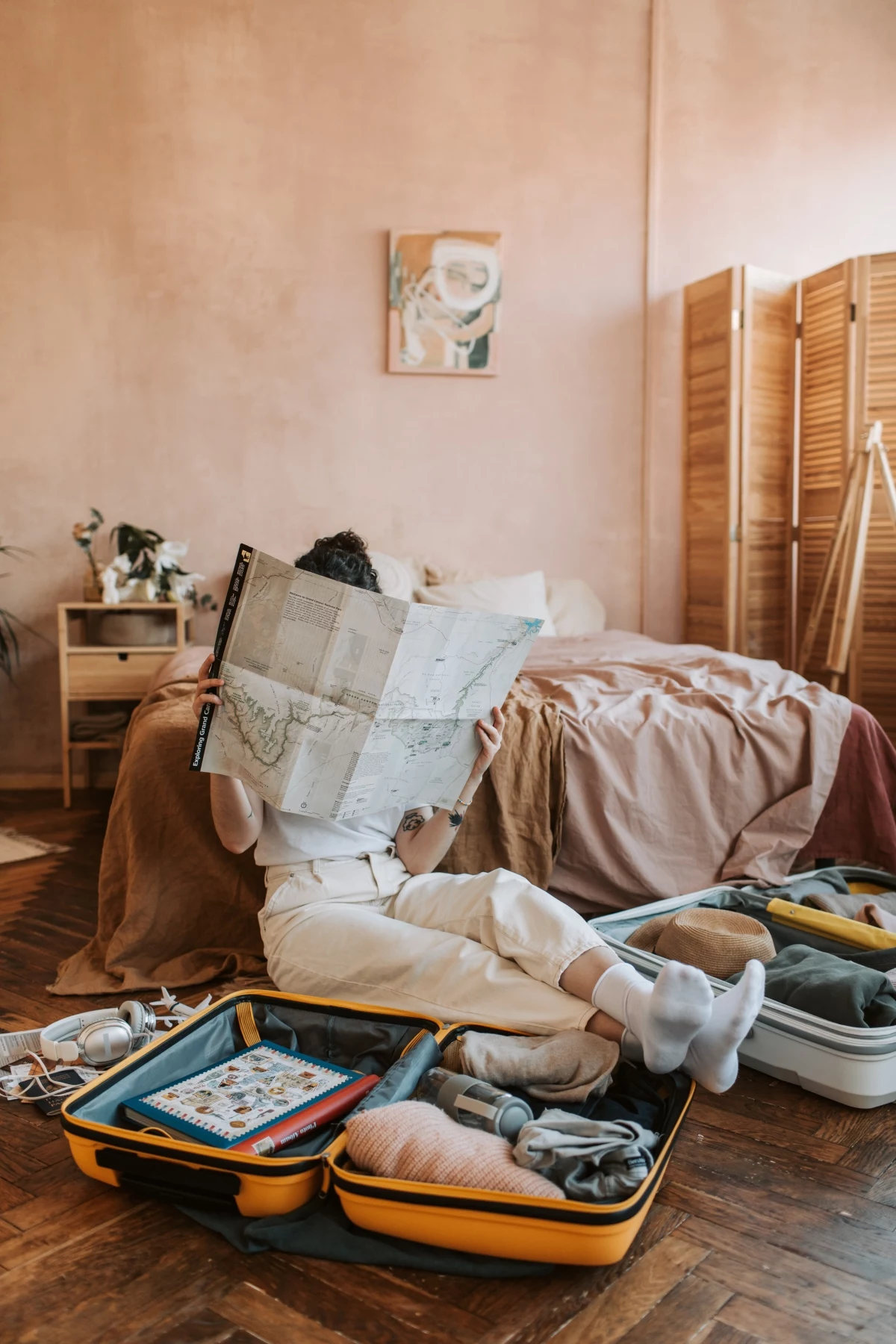
1. The Absolute Foundation: Water Safety
Let’s get one thing straight: the most critical part of your well-being on the road is staying hydrated. Dehydration leads to headaches, exhaustion, and bad decisions. And relying on bottled water is not just expensive and wasteful, but sometimes it’s not even an option. This is why your hydration module is the one thing you can’t skip.
Your Water Bottle is Your Best Friend
First up, you need a solid reusable water bottle. But they aren’t all the same. The material makes a big difference.
- Stainless Steel: This is my personal go-to. It’s tough as nails and doesn’t hold onto weird tastes from yesterday’s drink. A single-wall bottle is light and simple. But the double-wall, vacuum-insulated ones? They’re game-changers. They’ll keep water ice-cold all day in a hot climate or keep tea steaming on a chilly train ride. A quality insulated bottle might set you back between $30 and $50, but think of it as a decade-long investment.
- BPA-Free Plastic: These are lighter than steel and super durable. I like that they’re often see-through, so you can easily track your water intake and spot any gunk inside. The only downside is that some people find they can hold onto flavors after a while.
Whatever you do, please avoid those cheap, flimsy plastic bottles. I once had one crack open in my bag just a few hours into a trip, soaking my passport and a favorite book. A total nightmare.
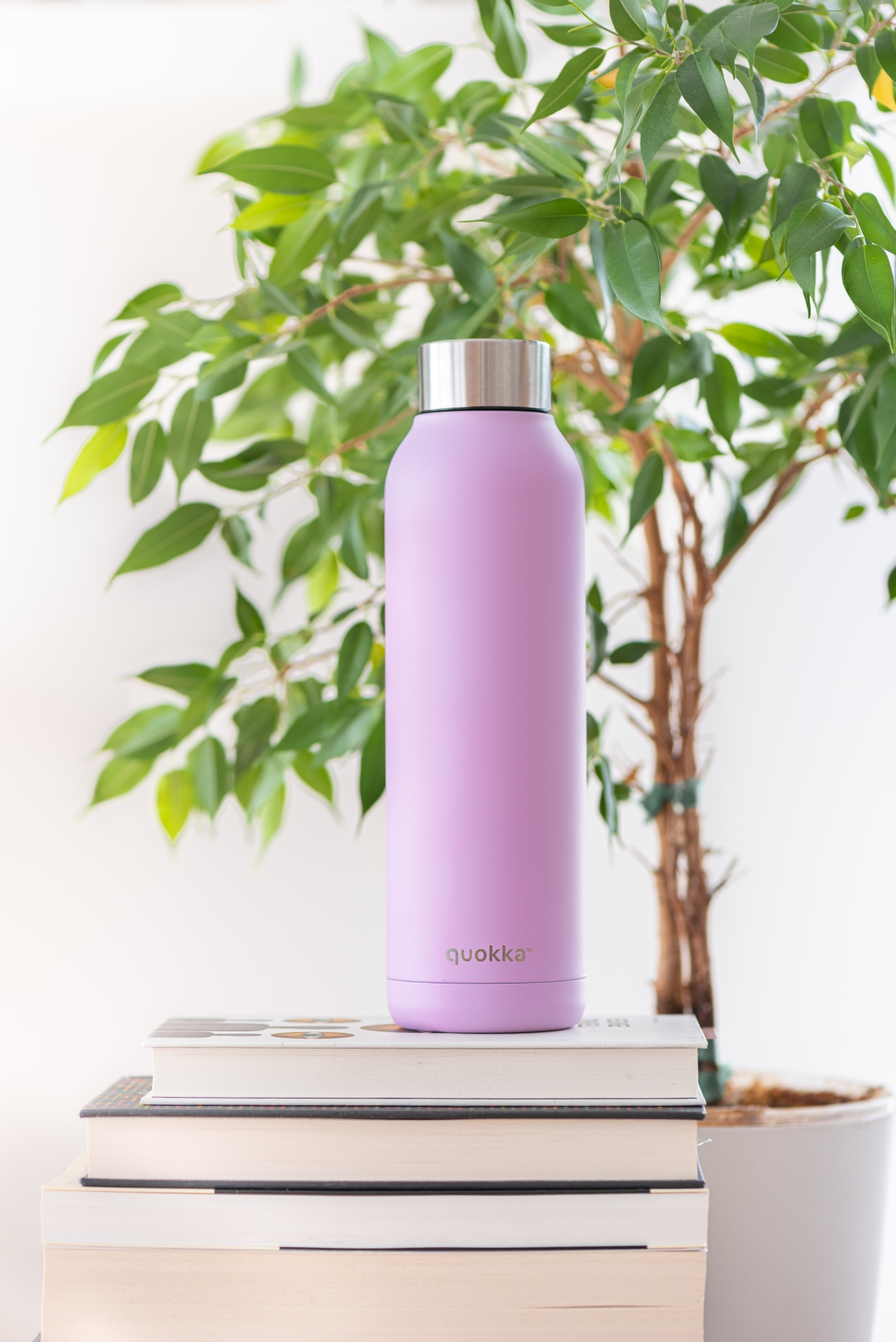
Making Sketchy Water Safe to Drink
Having a bottle is only half the solution. You need a reliable way to purify water from a tap, a river, or wherever you find it. It helps to know what you’re up against: tiny protozoa and bacteria, and even smaller viruses. Different methods tackle different threats.
- Mechanical Filters: Think of these as microscopic strainers. They physically block out nasty stuff like Giardia and E. coli. For most travel in North America and Europe, a filter with a 0.2-micron pore size is all you need. The squeeze-style filters are incredibly popular because they’re light, effective, and cost around $30 at most outdoor stores. They’re great for backpacking and general use.
- UV Purifiers: These gadgets use ultraviolet light to scramble the DNA of microorganisms, including viruses. It’s fast—usually taking 60-90 seconds to purify a liter—and doesn’t change the water’s taste. The catch? They need batteries and don’t work as well in cloudy water, since particles can block the light. I often carry one when traveling to parts of Asia or South America where waterborne viruses are a bigger concern.
- Chemical Treatment: Good old chlorine dioxide tablets or drops are the lightest, most compact option. They kill everything—bacteria, protozoa, and viruses. The downsides are the chemical taste (some people don’t mind it) and the long wait time, which can be up to four hours if the water is really cold. I always keep a strip of these in my first-aid kit as a just-in-case backup.
I learned this lesson the hard way in Nepal. I was using only a mechanical filter and ended up with a nasty stomach bug—probably a virus my filter couldn’t catch. Now, for higher-risk destinations, I use a two-step process: first I filter the water, then I zap it with the UV purifier. A little redundant? Maybe. But I haven’t gotten sick since.
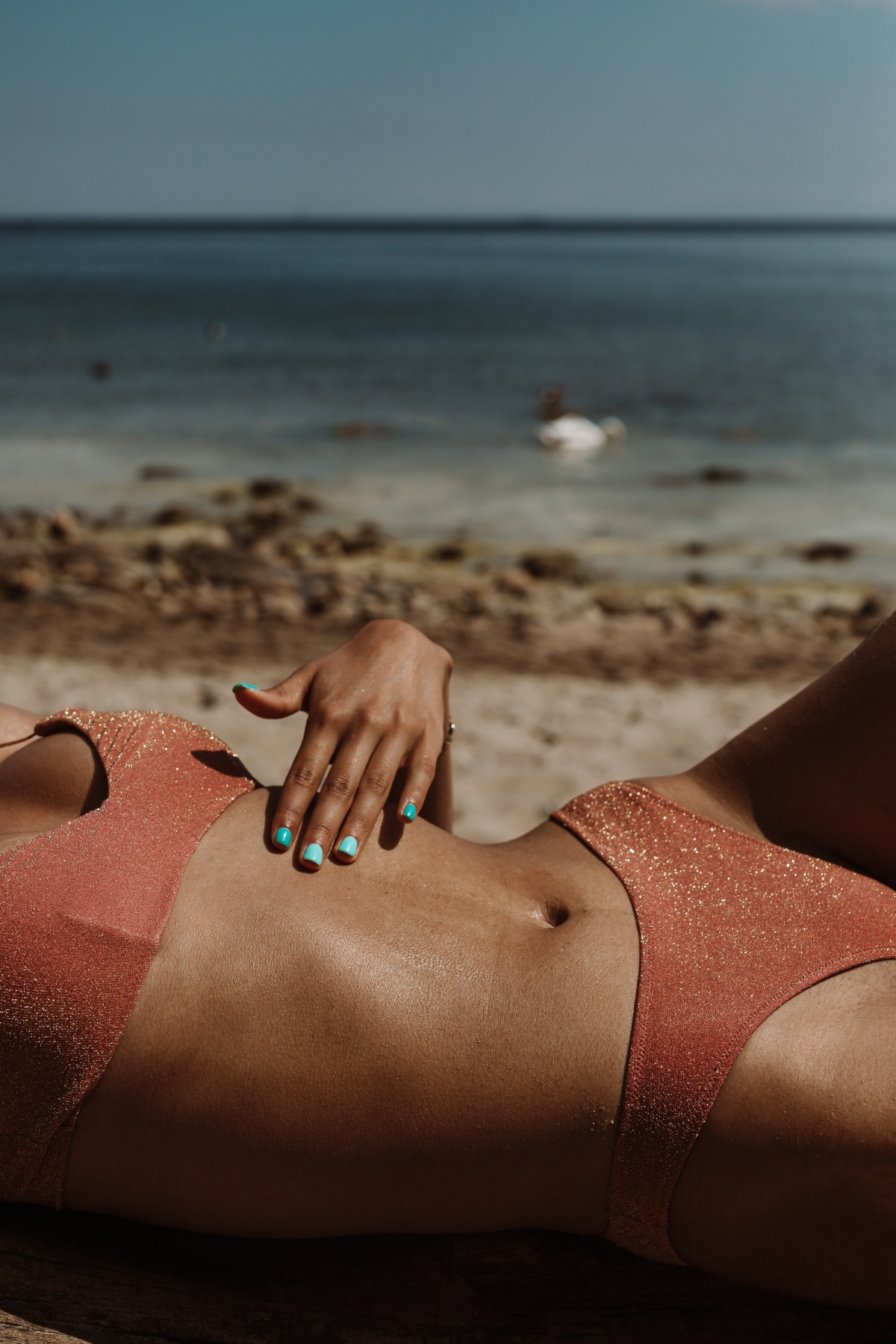
2. Your Personal First-Aid and Hygiene Kit
Forget those pre-made first-aid kits from the drugstore. They’re usually 90% tiny bandages and 10% stuff you don’t need. Building your own is cheaper, and you’ll know exactly what’s in it and how to use it. I keep everything in a small, clearly-labeled zip pouch.
My Go-To DIY First-Aid Checklist:
This is what I’ve refined over the years. It’s a great starting point you can grab at any pharmacy.
- Wound & Blister Care: Moleskin is a lifesaver for blisters. Also, pack a handful of fabric bandages, a few single-use antiseptic or iodine wipes, a small tube of antibiotic ointment, some sterile gauze pads, and a small roll of medical tape. Oh, and a tiny pair of scissors is surprisingly useful.
- Basic Meds: A small pill container with ibuprofen for pain, an antihistamine for allergic reactions, and an anti-diarrhea medication. Heads up: always keep prescription meds in their original bottles with a copy of your prescription to avoid any hassles at customs. Some countries have very strict rules about medications that are common elsewhere.
Depending on your trip, you might add insect repellent with DEET or Picaridin for tropical areas, or hydrocortisone cream for bug bites. Always do a quick search on your destination’s specific health recommendations.

Staying Clean on the Go
Feeling clean is a huge morale booster. The secret here is to go solid whenever you can. Solid toiletries mean no spills and no problems with the carry-on liquid limits.
Shampoo bars, conditioner bars, solid colognes, and even toothpaste tablets have totally changed my packing game. They’re light, last forever, and cut down on plastic waste. You can find them from all sorts of eco-conscious brands online. For the liquids you can’t avoid, like sunscreen and face wash, get some small, high-quality reusable silicone bottles. And sunscreen is non-negotiable—always pack a broad-spectrum SPF 30 or higher.
3. The Smartest Way to Pack Clothes: The Layering System
Think of your clothing as equipment, not just outfits. The goal is to pack a versatile system of layers that can be combined to handle any weather. This works whether you’re in a city for a weekend or the mountains for a month.
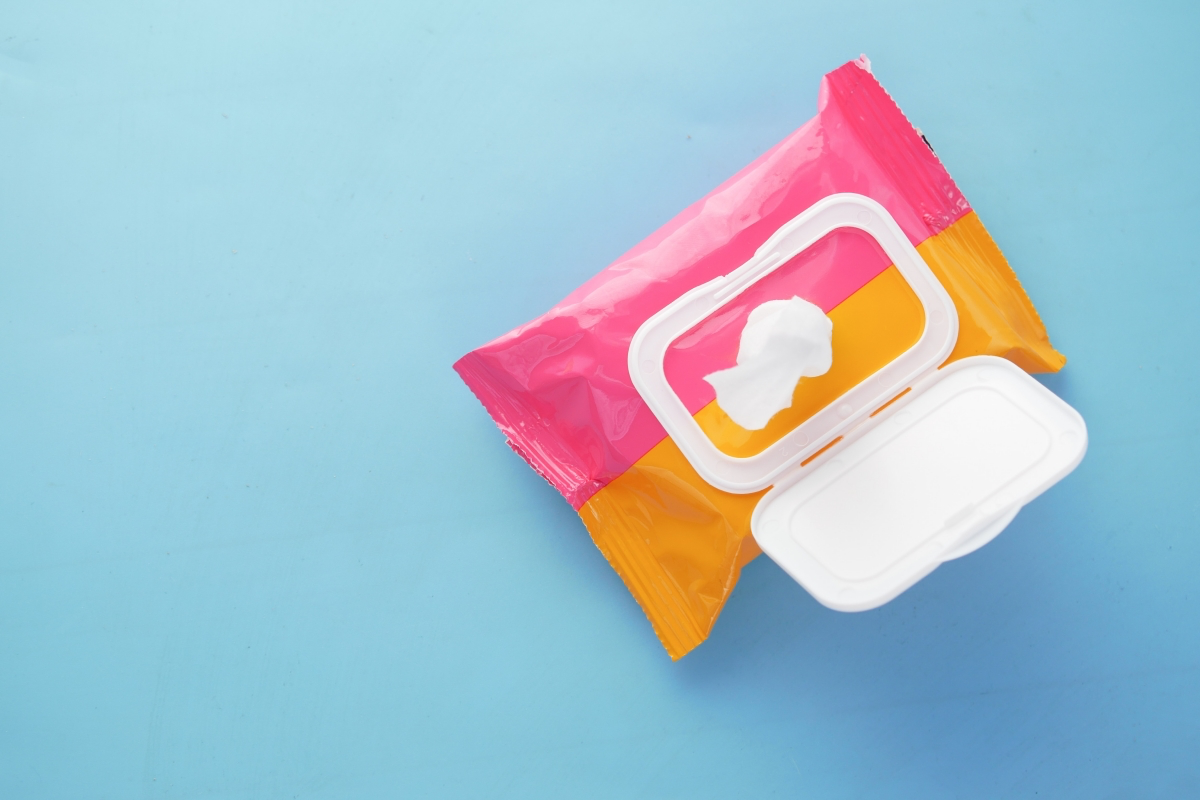
How Layering Works
It’s a simple three-part system, and once you get it, you’ll never pack the same way again.
- Base Layer: This is what’s against your skin. Its only job is to wick sweat away to keep you dry. Cotton is terrible for this—it just gets wet and stays wet, making you cold. Look for merino wool or modern synthetics. Merino wool is amazing; it’s soft, wicks moisture, and is naturally odor-resistant. (Yes, that means you can wear it for a few days before it smells, so you can pack way less.)
- Mid-Layer: This is your insulation. It traps your body heat. Think fleece jackets, down vests, or a wool sweater. I usually bring a lightweight, compressible down jacket that packs down to nothing.
- Shell Layer: This protects you from wind and rain. A good shell should be waterproof but also breathable. If it isn’t breathable, you’ll get soaked from your own sweat. A simple, packable rain jacket is one of the most useful things you can own.
By picking items from each category, you can build a small wardrobe that handles a huge range of conditions. Stick to a neutral color palette (black, gray, navy) so that everything matches, and then add a pop of color with a scarf or a single shirt.

Wondering how you’ll manage with so few clothes? A quick sink wash is the secret. My trick is to use a few drops of a multi-purpose soap, wash the item, and then roll the wet clothes up tightly in a towel and wring it out. It pulls out way more water and helps things dry overnight, even in a humid room.
4. The Modern Travel Essentials: Power and Data
Let’s be real, staying powered and connected is a huge part of modern travel. A dead phone can be a logistical and safety nightmare. A well-organized tech kit saves a ton of frustration.
Keeping Your Gear Charged
- Portable Power Bank: This is your lifeline. A 10,000mAh power bank is a great starting point; it can charge a smartphone 2-3 times and you can find a good one from a reputable brand online for around $25.
- Universal Travel Adapter: Instead of a bag full of different plugs, get one good universal adapter. Look for one with multiple USB ports (including USB-C for newer devices) to charge several things at once.
- USB Data Blocker: This is a must-have for modern travel safety. It’s a tiny gadget that costs less than $10 online and plugs between your cable and a public USB port (like at an airport or café). It allows power to flow but physically blocks the data connection. This prevents any chance of “juice jacking,” where thieves can install malware or steal your data. Total peace of mind for the price of a coffee.
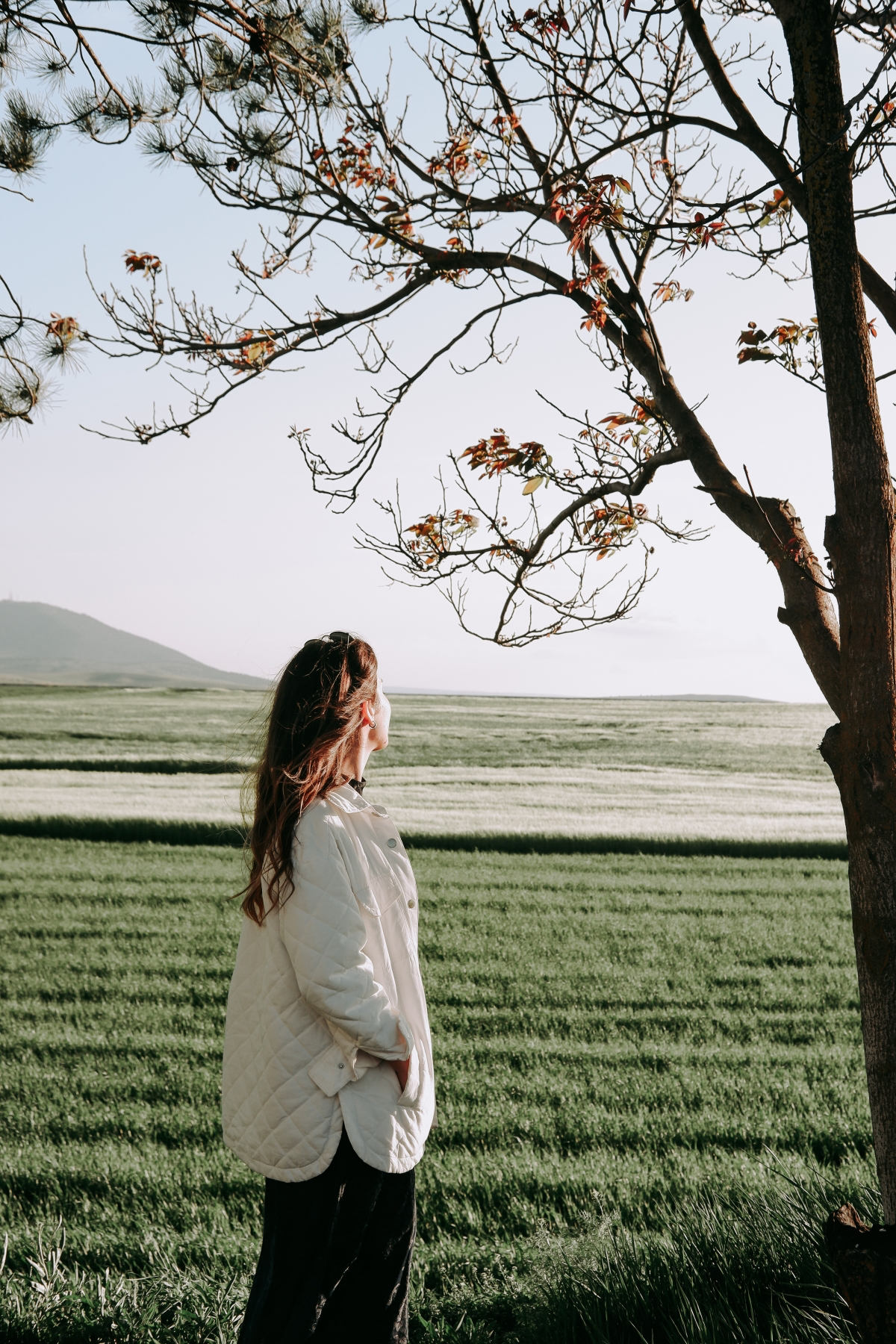
Staying Connected
For international trips, having your own data is a game-changer. Your main options are getting an international plan from your home carrier (easy but often pricey), buying a local SIM card at your destination (cheap, but your phone needs to be unlocked), or my personal favorite: using an eSIM. If you have a newer phone, you can buy and install a digital data plan for your destination before you even leave home through various apps and websites.
5. The Traveler’s Secret Weapons: Multi-Purpose Gear
The most valuable things in my bag are often the simplest ones that can do a million different jobs. These are the items that solve problems you didn’t even know you’d have.
- A Packable Daypack: These are lightweight backpacks that stuff down into their own tiny pocket. I never leave home without one. It’s my grocery bag, beach bag, day hike pack, and overflow bag for souvenirs.
- A Large Scarf or Sarong: This might be the single most versatile item you can pack. I’ve used mine as a blanket on a cold plane, a towel, a privacy curtain in a hostel, a sunshade, and a shoulder covering for entering temples.
- Duct Tape: You don’t need the whole roll! A quick tip: just wrap about 3-4 feet of it tightly around a pen or your water bottle. The tape will only stick to itself, not your other gear. I’ve used it to patch a jacket, fix a broken sandal, and tape a hotel curtain shut. It’s legendary for a reason.
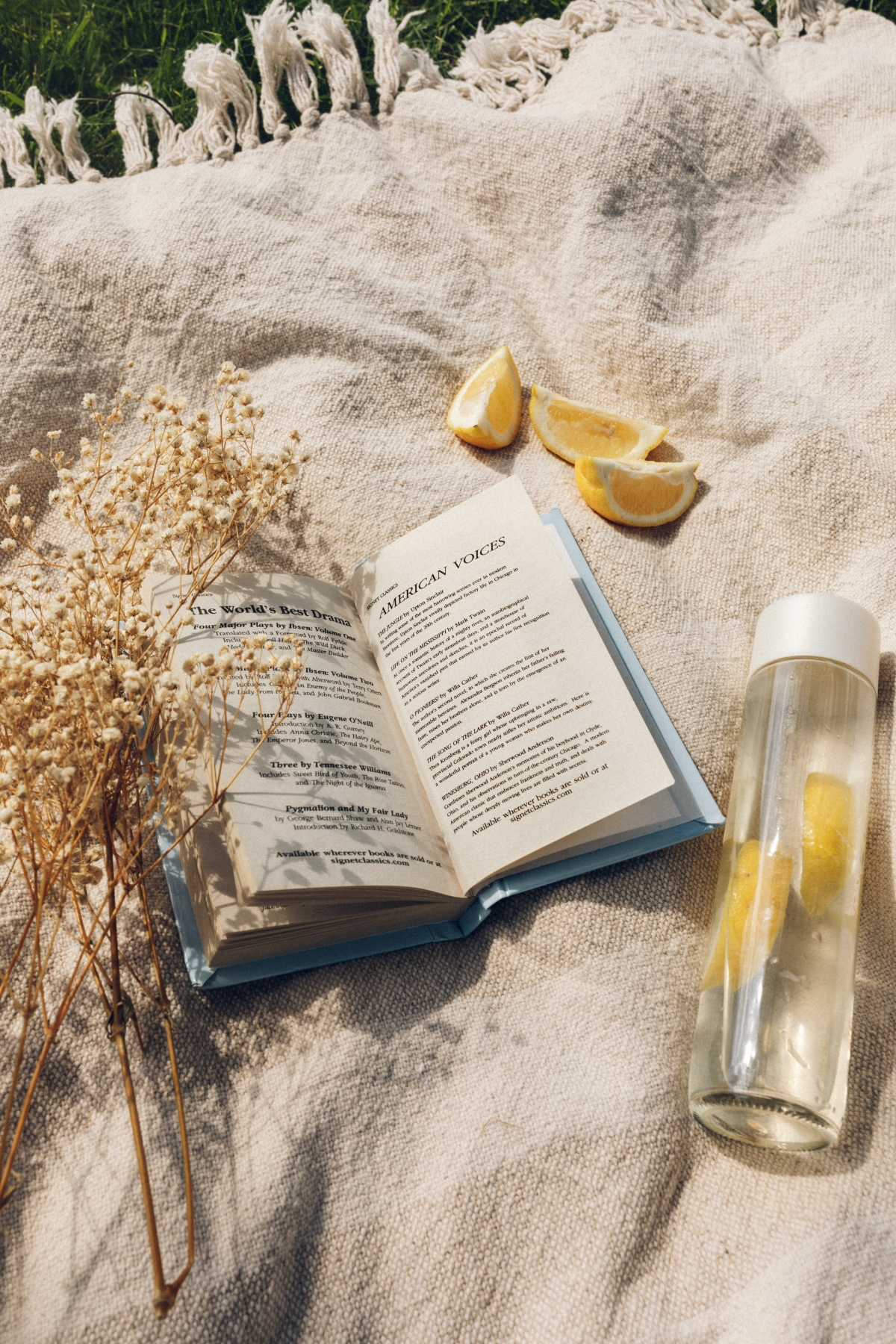
A Few Final Thoughts…
This guide is a foundation, not a set of rigid rules. The most important tool you have is your own judgment.
Always research your destination before you go. Check official travel advisories, understand the local customs, and be aware of any specific health risks. And please, leave a copy of your itinerary and important documents with someone back home.
Most of all, trust your gut. If a situation feels wrong, it probably is. Your safety is always the top priority.
When you pack this way—with intentional, high-quality, multi-purpose gear—it gives you a sense of confidence and freedom. You’re not just a tourist; you’re a self-reliant traveler ready for whatever the road throws at you. And that frees you up to actually enjoy the journey. That, right there, is the whole point.
Galerie d’inspiration
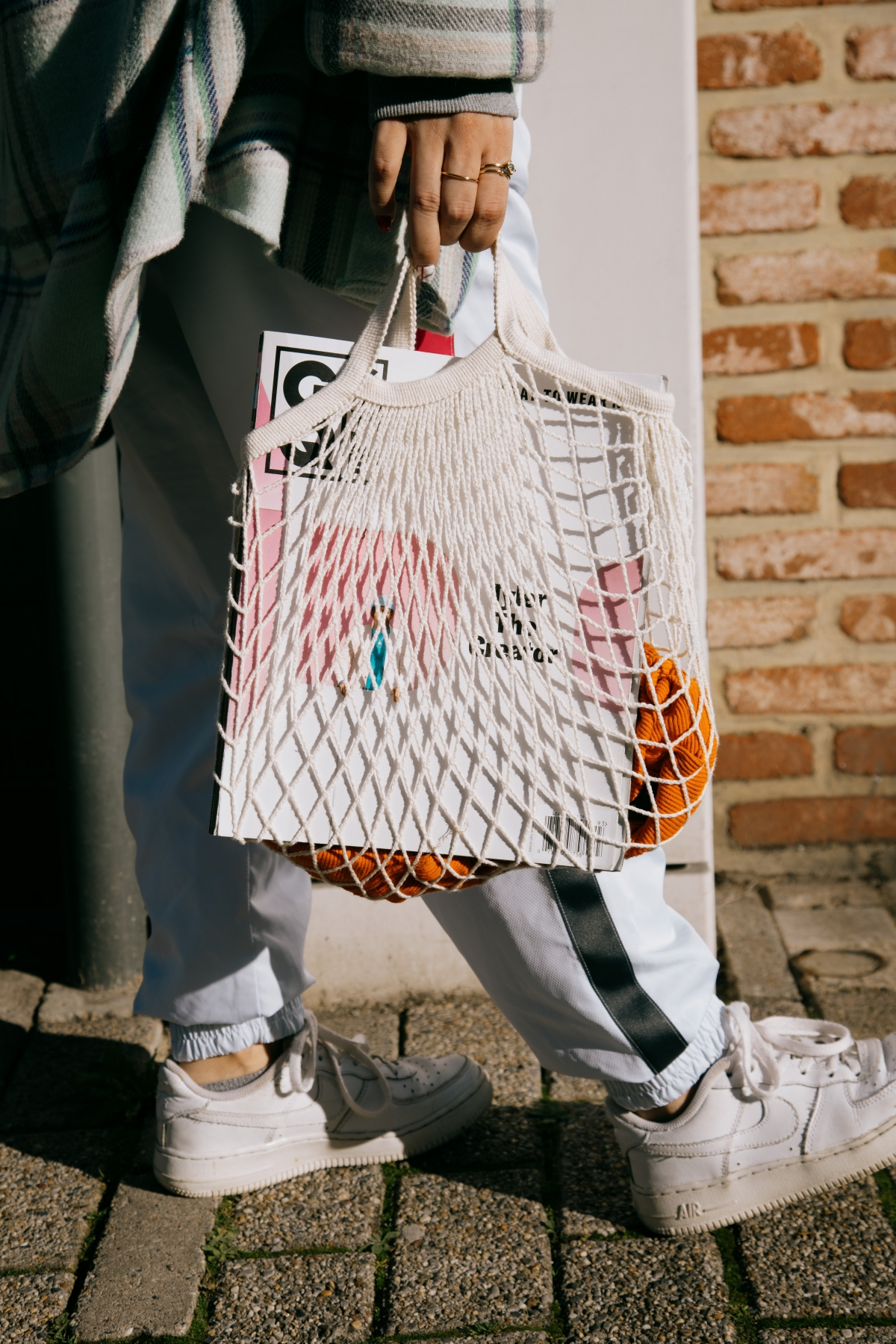

The Packing Cube Debate: Standard vs. Compression
Standard Cubes: Think of these as flexible drawers for your suitcase. Brands like Eagle Creek offer durable, lightweight nylon cubes perfect for separating tops from bottoms, or clean clothes from laundry. They excel at organization.
Compression Cubes: These feature an extra zipper that squeezes air out, significantly reducing the volume of bulky items like sweaters or jackets. They are a game-changer for fitting more into a small bag. For a premium option, check out Peak Design’s sleek, weatherproof versions.
The verdict? Use standard cubes for daily organization and a compression cube for that one bulky item you can’t leave behind.
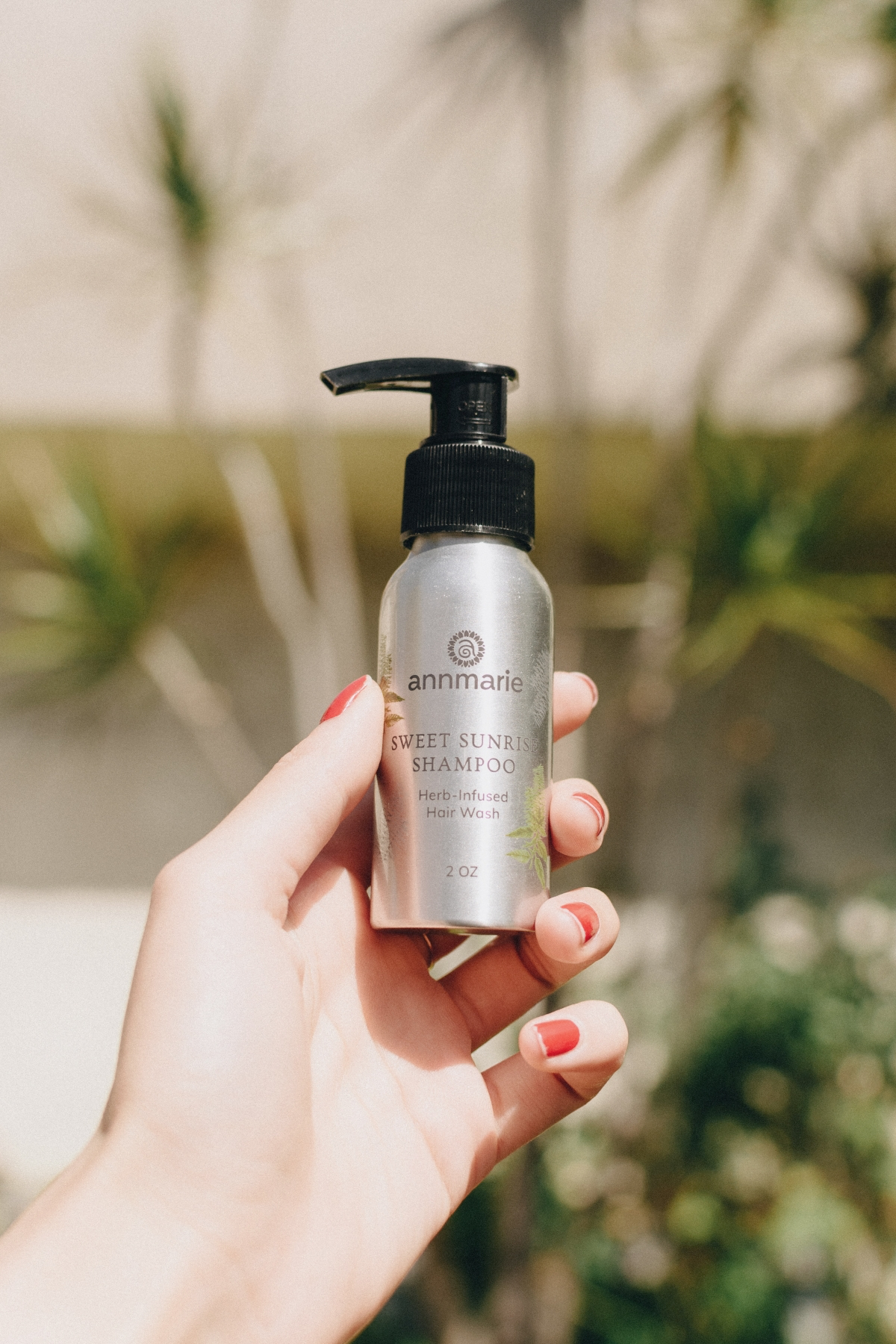
The average traveler overpacks by 50%, carrying items they never end up using.
This isn’t just about weight; it’s about mental space. Every unnecessary item is another small decision you have to make, another thing to keep track of. A curated kit frees you from this clutter, letting you focus entirely on the experience, not the contents of your bag. The real luxury of smart packing is a lighter mind.
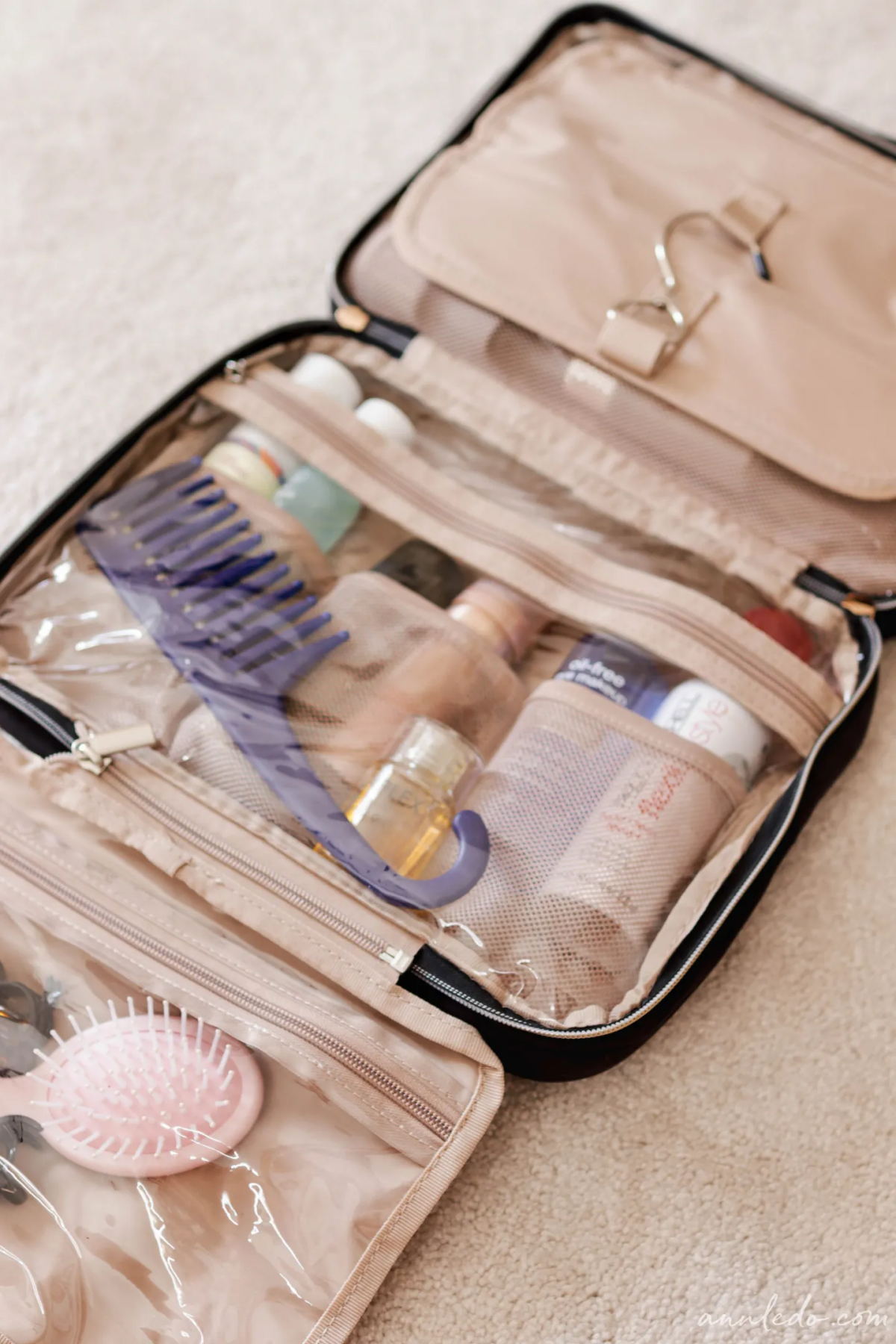
What’s the one thing people always forget in their travel first-aid kit?
Beyond the standard plasters and pain relievers, the most overlooked essentials are for gut health and foot care. Travel often disrupts your digestive system, so packing a small supply of rehydration salts (like Dioralyte) and a trusted anti-diarrhea medication can be a trip-saver. Secondly, don’t underestimate how much you’ll walk. High-quality blister plasters, like those from Compeed, are far superior to regular ones and can prevent a painful blister from ruining a day of exploration.
Your digital life needs a travel kit, too. Keep it lean and powerful with these essentials:
- A compact GaN (Gallium Nitride) charger. It’s smaller, more efficient, and can power up your phone, headphones, and even a laptop from a single plug.
- A universal travel adapter that covers you for multiple regions, not just one.
- A 10,000mAh power bank—the sweet spot for being powerful enough for multiple phone charges without being too heavy.










